Video Surveillance combine with cctv
Description
Video surveillance is a crucial aspect of modern security systems, providing real-time monitoring, recording, and analysis of activities across various environments.
Types
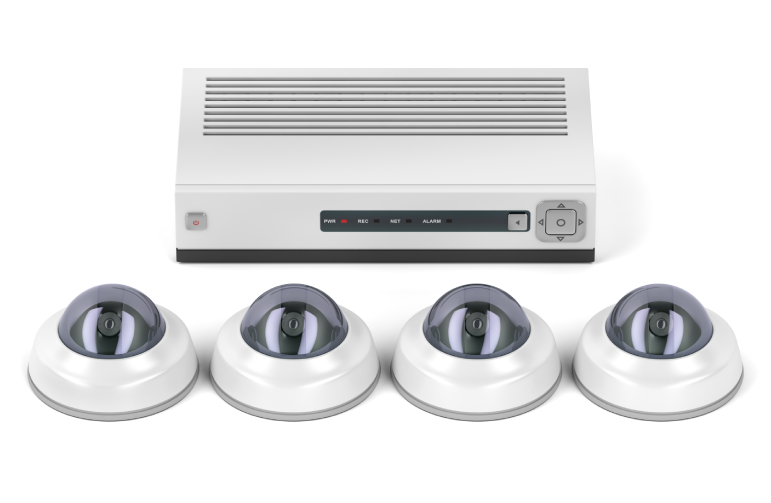
Uses traditional analog cameras and DVRs for recording.
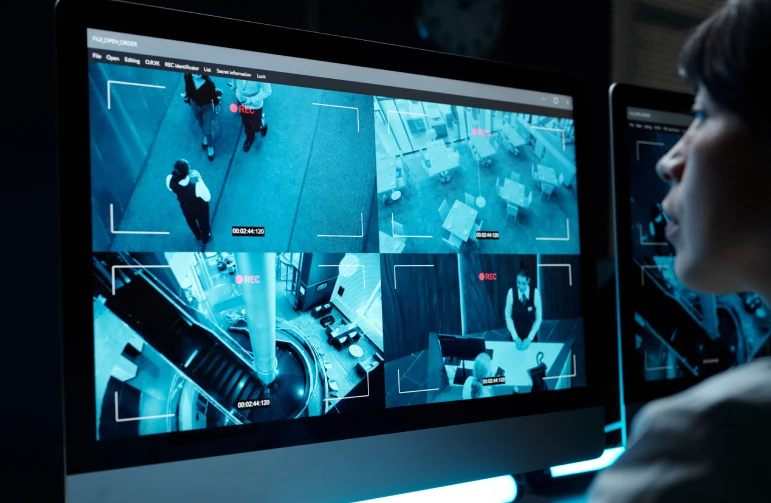
Uses IP cameras that transmit data over a network.
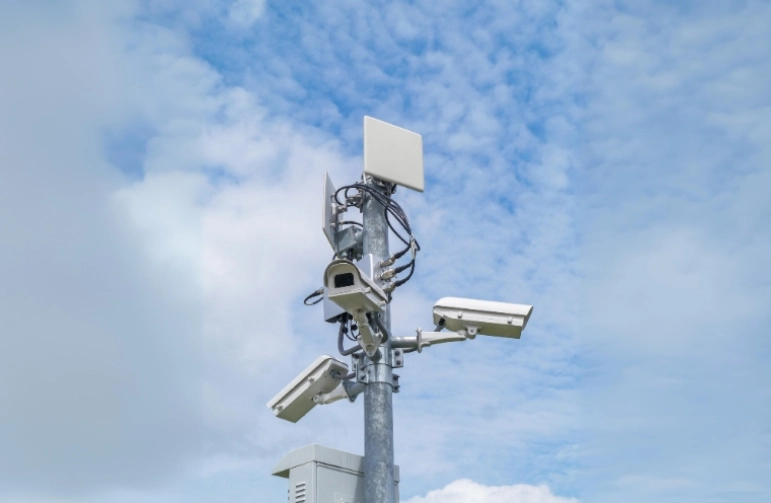
Uses wireless technology to transmit video signals.
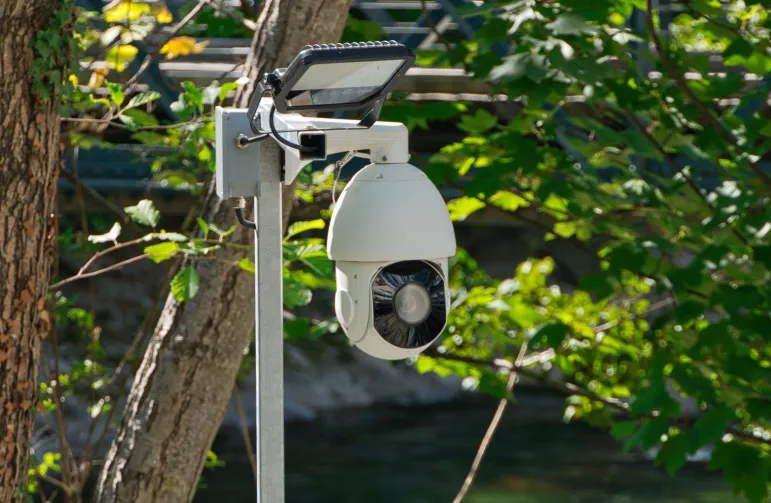
Cameras that can pan, tilt, and zoom for dynamic monitoring.
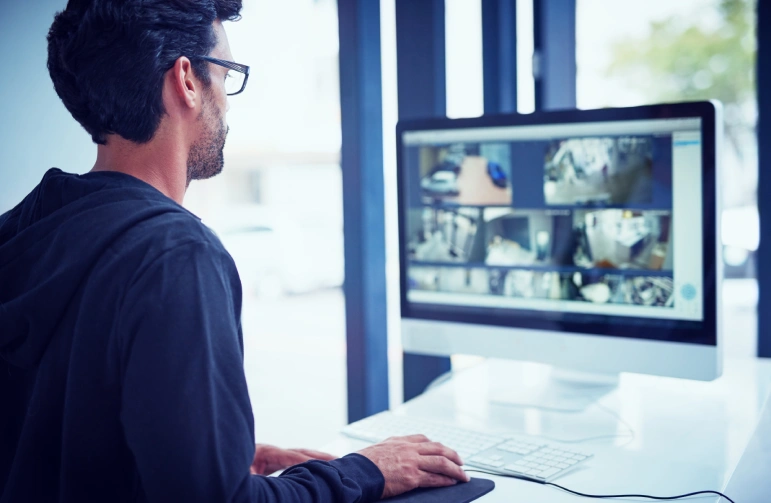
Stores video footage on cloud servers.
Features
High-Resolution Video
Provides clear and detailed footage for accurate monitoring and analysis.
Night Vision
Enables recording in low-light or complete darkness using infrared technology.
Motion Detection
Triggers recording and alerts when motion is detected.
Remote Access and Control
Allows users to view and manage cameras remotely via mobile apps or web interfaces.
Video Analytics
Includes features like facial recognition, license plate recognition, and object detection.
Real-Time Alerts
Sends notifications for specific events such as motion detection or tampering.
Cloud Storage
Offers secure and scalable storage options in the cloud.
Two-Way Audio
Facilitates communication between the camera site and remote users.
Integration with Other Systems
Integrates with alarms, access control, and other security systems.
Weather Resistance
Provides protection for outdoor cameras against harsh weather conditions.

